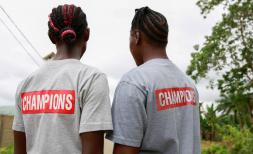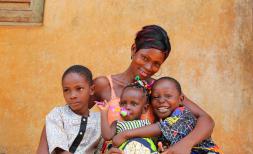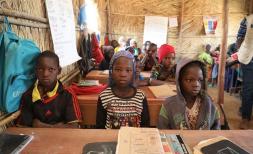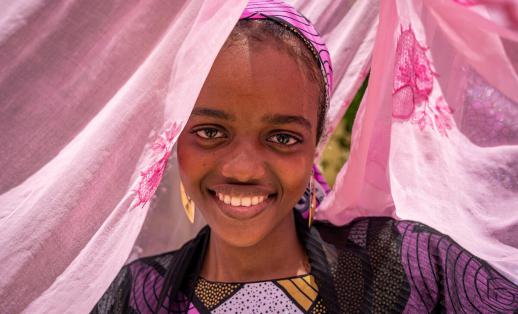A win for children with disabilities in China
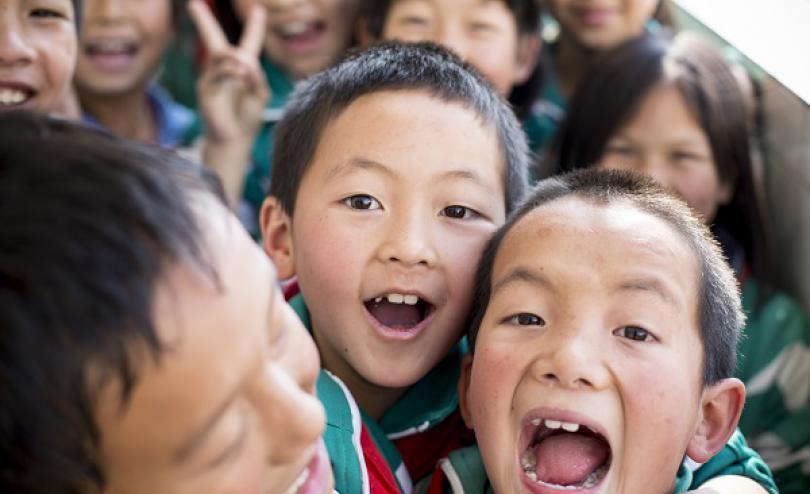
Co-authored with Wang Xingxing
In a resource classroom in Qinshuying Primary School in Weishan County in Southwest China’s Yunnan Province, Teacher Wu is telling a story of A little Rabbit Making A Snowman to 12-year old Luo Shigang. Teacher Wu is teaching him some simple sentences and words using exaggerated mouth shape and gestures. Shigang reads Teacher Wu’s mouth, and says that the snowflake is “white and beautiful” and the rabbit has a “red scarf.”
Shigang was born with a birth defect of two ears malformations, resulting in hearing problems, which affects his language and speech. The school found a teacher who could speak local dialect and be able to communicate with him. Gradually, he was able to read titles and short sentences in Chinese textbooks, and count numbers up to 100. Although he is a little behind other students in academics, Shigang is good at sports and is the sprinter in his class.
There is a lack of accurate data on children with disabilities in China, however it is estimated that there are around 3.9 million children with disabilities aged 0 to 14 in the country. Around a third of these children do not attend primary school while attendance for children without disabilities is close to 100%. Many negative stigmas and misperceptions are associated with the idea of children with disabilities attending mainstream schools.
An advocacy win
On 1 May, the Government of China announced revised regulations on the Education of Persons with Disabilities and Save the Children is particularly pleased to see that these revised regulations emphasize that inclusive education should be the first choice for children with disabilities. The previous regulations, dated from 1994, were weak and not a conducive framework for inclusive education.
It was one of the main advocacy asks of our Every Last Child campaign in China, which focuses on access to education for children with disabilities. It is a huge advocacy success and one to which Save the Children contributed significantly.
The Background
In 2008, the Chinese government signed the UN Convention on the Rights of Persons with Disabilities (UNCRPD). UNCRPD articulates that countries should recognise the right of persons with disabilities to education and ensure it is without discrimination and based on equal opportunity at all levels.
Therefore, the Chinese government was obliged to revise its domestic law including the Regulation of the Education of the Person with Disability.
This is the first time the law explicitly emphasizes inclusive education. Article 3 of the regulation says that 'the quality of education of persons with disability should be improved, and will actively promote inclusive education. The type of disability and learning ability will be considered for whether a person should be accommodated in either regular school education or special school education, but give priority to regular school education.’
Save the Children’s role
The law revision work began in 2011 and Save the Children’s has been advocating for the revisions since 2012.
We were able to play a leading role in this achievement as we have the programming expertise; we formed partnerships with academic institutions and worked very closely with the Ministry of Education. Through our efforts, we have demonstrated best practices in less developed areas and showed how we can achieve it in China’s context. IKEA Foundation has been funding a large part of our inclusive education work in China, through our colleagues in Save the Children Sweden.
- In 2012, Save the Children organized visits of delegations of the Ministry of Education to some schools where we implement inclusive education programmes.
- In March 2013, the State Council, the highest government body, invited Save the Children to provide inputs and suggestions for the revised regulations. Based on our expertise and experience, we were regarded as a credible and strong partner in the process of developing revised regulations.
- In November and December 2014, Save the Children worked together with the Ministry of Education to deliver three rounds of training workshops to ninety officials from 28 provincial education departments. We used to collect feedback and suggestions to improve our programming work.
- In May 2015, we facilitated and were part of a visit of key Chinese officials to Japan to study the Japan legal provisions for education of persons with disabilities. We also worked in partnership with the Renmin University Law School to develop comparative study on special education in the US, Italy, New Zealand, France and Japan.
- In March this year, we released a survey that polled 2400 parents of children with disabilities. The survey, conducted jointly with the National Union of Parents of Children with Mental Disabilities, found that about 1 in 3 children with special needs, between the age of 6 and 15, experienced discrimination or faced pressure to quit mainstream schools. Following this, Wang Ming, a professor with Tsinghua University and a member of the Chinese People's Political Consultative Conference National Committee (CPPCC), the nation's top political advisory body, submitted a proposal to the CPPCC to call for increased investment to equip teachers in mainstream schools with tools to teach children with disabilities.
In the case of Shigang, we set up a resource classroom in 2014, where he received one-to-one lessons in Chinese and Maths every week. The teachers trained his listening, pronunciation and speaking capabilities using the skills they learnt in the inclusive education workshop we delivered. We also equipped this special classroom with various types of books, television and teaching aids. With these facilities, the teachers were able to help 30 other students with study difficulties. Teacher Wu says none of this would have been possible without Save the Children’s expertise in this area.
Impact and next steps
While the revised regulations will benefit a large number of children, there is still a long way to go until they are fully implemented, and until children stop suffering from negative stigmas associated with disabilities.
Through strengthened cooperation with the Ministry of Education, we will try to popularize the regulation among educational officials, teachers as well as the public. We will continue piloting inclusive education in county-level schools in order to draft some inclusive education implementation guidance for the decision makers.

